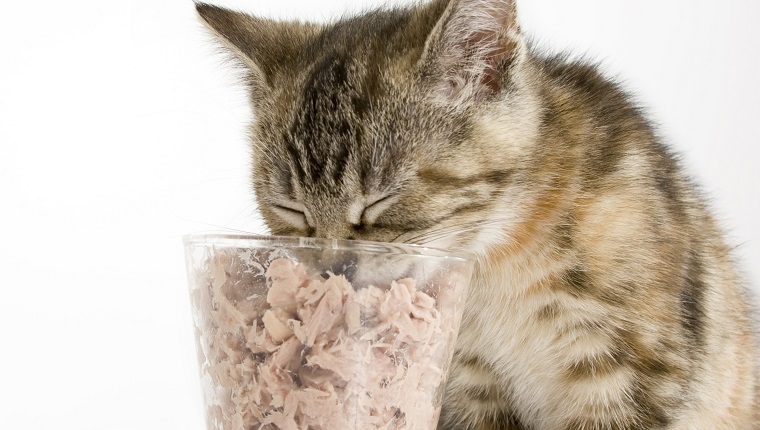“Can I feed my cat tuna?” You probably ask this question if you want to share a bite of sushi or a tuna fish sandwich with your cat, or maybe you ran out of cat food and are wondering if a can of tuna is a safe substitute. Humans eat tuna from a can, cooked tuna, or sometimes even raw tuna, so is it safe…

The 2012 Global Pet Expo opened in Orlando, Fla., yesterday, with a record-breaking 2,452 booths supporting 890 exhibitors. GPE is…





